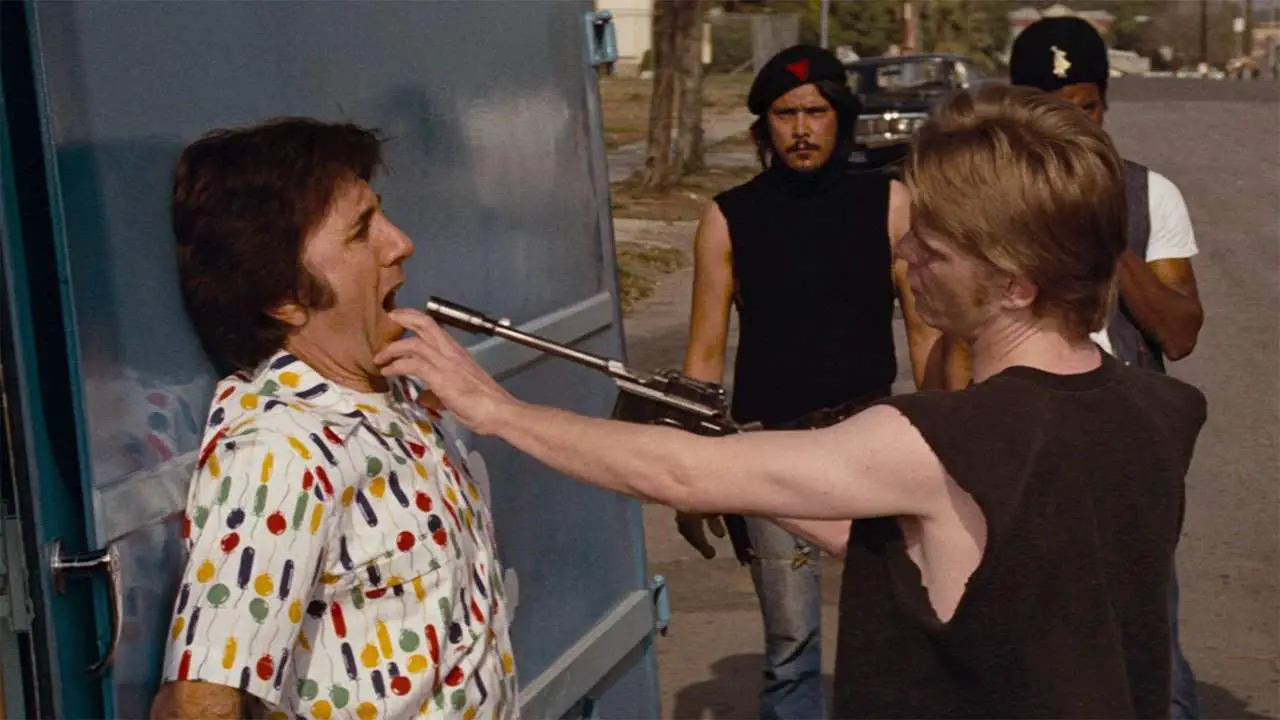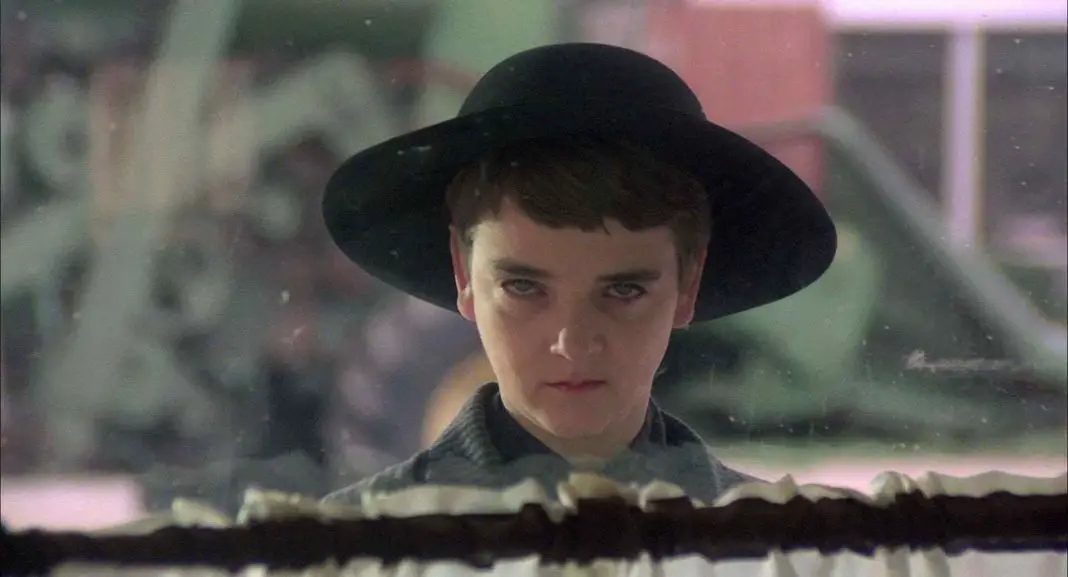Assault on Precinct 13 is John Carpenter’s sophomore effort. Before this, his only feature film had been Dark Star, co-written and co-starring Dan O’Bannon. Yet even though Dark Star surely has its merits, Assault on Precinct 13 has always felt like Carpenter’s first real movie to me. There’s something very experimental about Dark Star, as if it’s a student film stretched out to feature length—mostly because that’s what it actually is.
But Assault is the first time we see the style, structure and directorial motifs that would follow Carpenter for the duration of his career. Primarily, it’s a siege film, which, in itself, is something he would return to later with projects like Escape from New York and Prince of Darkness. But as you’ll see in most interviews with the director, westerns have always been the genre closest to his heart and comprised the primary influence for Assault on Precinct 13. In fact, the basic structure and many of the character types are borrowed from Howard Hawkes’ Rio Bravo.
While westerns were a primary influence, however, they were not the only influence. Instead, Assault on Precinct 13 was an opportunity for Carpenter to show his scary side before making his first outright horror picture with Halloween. A longtime fan of the genre, Carpenter mixed the western feel with the paranoia and confined setting of George Romero’s Night of the Living Dead.
Did You Know? Wicked Horror TV Has Classic and Independent Horror Films Available to Stream for Free!

Both Assault and Night also have a lead character who just happens to be black. While intentional or not, there are themes of race relations that run deep in Night of the Living Dead but those same themes are not as present in Assault on Precinct 13. While Wilson and Bishop have an antagonistic relationship at the start, it’s because Bishop is a cop, not because he’s black.
In that sense, Carpenter’s movie proves to be more optimistic than Romero’s—which is a bit surprising coming from the man who would later give us The Thing. In Night of the Living Dead, the characters are doomed because of their inability to communicate with each other. These are just people trapped in a farm house, but they literally cannot get along to save their lives.
 Yet in Assault on Precinct 13, police officers and dangerous criminals—two groups from very different walks of life who should be and are usually considered to always be at each other’s throats—manage to put all of their differences aside for the sake of survival.
Yet in Assault on Precinct 13, police officers and dangerous criminals—two groups from very different walks of life who should be and are usually considered to always be at each other’s throats—manage to put all of their differences aside for the sake of survival.
But just because there’s a tinge of optimism in the movie does not mean that there is not a strong element of horror. Assault on Precinct 13 features one of the most shocking moments of Carpenter’s entire career. A little girl (Kim Richards) and her father (Martin West) see an ice cream truck as they’re driving. The girl gets out of the car and runs to the ice cream truck where she is shot dead. For a moment, there’s just this beat that’s almost disturbingly serene where the girl looks confused as her shirt is splattered with blood. The scene is incredibly blunt, a punch to the gut that happens so explicitly that I’m sure audiences of the time could not believe what they were seeing.
 For me, that one scene is enough to qualify Assault on Precinct 13 as a horror film, or at least on the genre’s periphery. A sequence like this allows Assault to easily stand beside shocking horrors from the same time period, like The Texas Chain Saw Massacre and The Last House on the Left. It’s even scarier than the little zombie girl eating her mother in Night of the Living Dead because there’s something about this scene in a $100,000 thriller that manages to feel incredibly real and totally raw.
For me, that one scene is enough to qualify Assault on Precinct 13 as a horror film, or at least on the genre’s periphery. A sequence like this allows Assault to easily stand beside shocking horrors from the same time period, like The Texas Chain Saw Massacre and The Last House on the Left. It’s even scarier than the little zombie girl eating her mother in Night of the Living Dead because there’s something about this scene in a $100,000 thriller that manages to feel incredibly real and totally raw.
Carpenter shows a great deal of restraint for long stretches of time during the picture. There are moments of great character interaction, great action beats, and the viewer is even occasionally tricked into a false sense of security. But then the movie will get gory and approach extremity, just to remind the audience that even though this isn’t horror as they’re used to seeing it, that doesn’t mean they’re safe.
Because of that, I think Assault on Precinct 13 absolutely counts as a part of the genre—or at least a kissing cousin of the horror genre. It’s Night of the Living Dead meets Rio Bravo in 1970s Los Angeles. A concept that, regardless of genre, is impossible to pass up.







